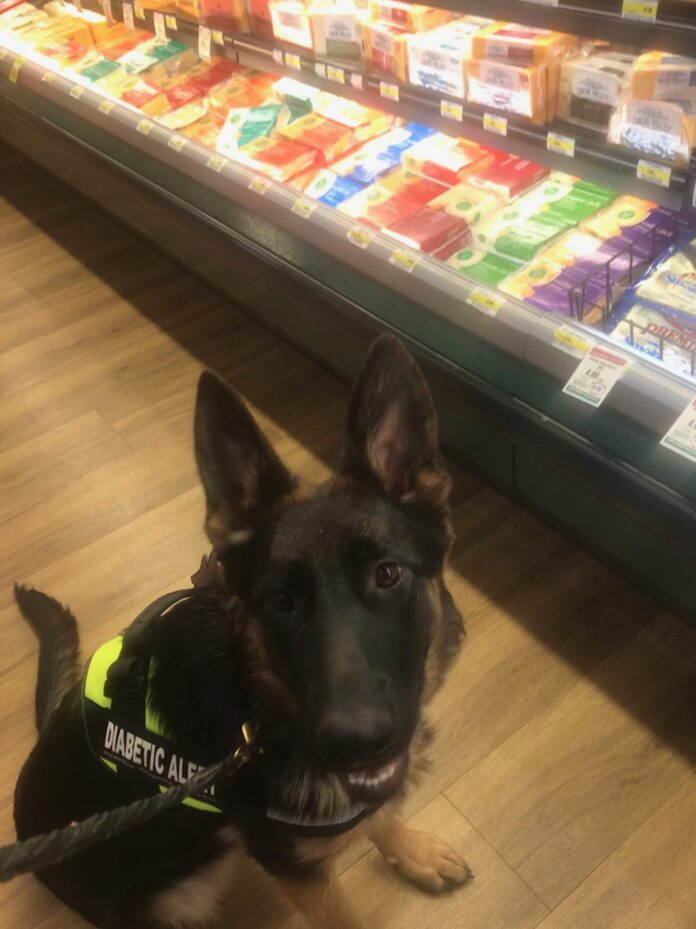
BY FRAN JEWELL

It is amazing what puppies can learn at a very early age. If I have puppies, I start their obedience training at four weeks old! By the time they are five or six weeks old, they know things like sit, down, off, watch, their name and coming to their name, leave it, and bite inhibition. They are little sponges.
What is important to realize is that waiting until a puppy is six months old to start training leaves that puppy with little direction and the ability to learn very bad habits that are extremely difficult to break. One of those very bad habits is jumping on counters and people.
I am here to say that early training is critical. It is also important to have realistic expectations of what a puppy can do. Expecting a puppy to be able to walk on a leash in public with huge distractions, and this could mean just down your street, may be too much for your particular puppy to learn. Walking on a loose leash is something that takes a lot of practice in a non-distractive environment before asking a puppy to do it in a distractive environment. That non-distractive environment may be inside your home down a long hallway or in your quiet backyard. Then, you can gradually increase the distractions while your dog is still able to perform the task. I compare this to going to school. You can’t ask a kindergartener to be able to do high school work. It is called “proofing.” Proofing is a high school activity for a puppy.
“Stay” is another activity that takes lots of practice in a non-distractive environment before going to a higher distraction environment. When we have a little puppy, our first focus should be on having the puppy come toward us, not staying away from us, since soon the puppy will begin to play “chase me.” Teaching the puppy to “come” should be a first priority, or a kindergarten-through-junior-high activity. Having an off-leash return should be considered a high-school activity along with the “stay” command.
Teaching “leave it” is one of the most important skills to teach very early on since it can save a puppy’s life. Puppies are very capable of learning that activity the day they come to live with you.
“Watch” and “leave it” are what I call the building blocks upon which we build everything else. If you don’t have your puppy’s attention with “watch,” then you may find it incredibly difficult for to get the puppy to trust you and to respond to your commands. I think of “watch” as a leadership behavior. When the puppy learns to watch you, she learns to pay attention, honor you, trust you, and respond to you quickly in an emergency situation.
Taking training in the proper steps is so important in fairness to the dog. I think many times we simply are not aware of which behaviors we want to teach are the most difficult and require some basic knowledge before trying to teach them. Thinking about them in terms of levels like school for kids can help us put it into perspective.
Fran Jewell is an Idaho Press Club award-winning columnist, IAABC-certified dog behavior consultant, NADOI-certified instructor #1096 and the owner of Positive Puppy Dog Training, LLC, in Sun Valley. For more information, visit www.positivepuppy.com or call (208) 578-1565.


